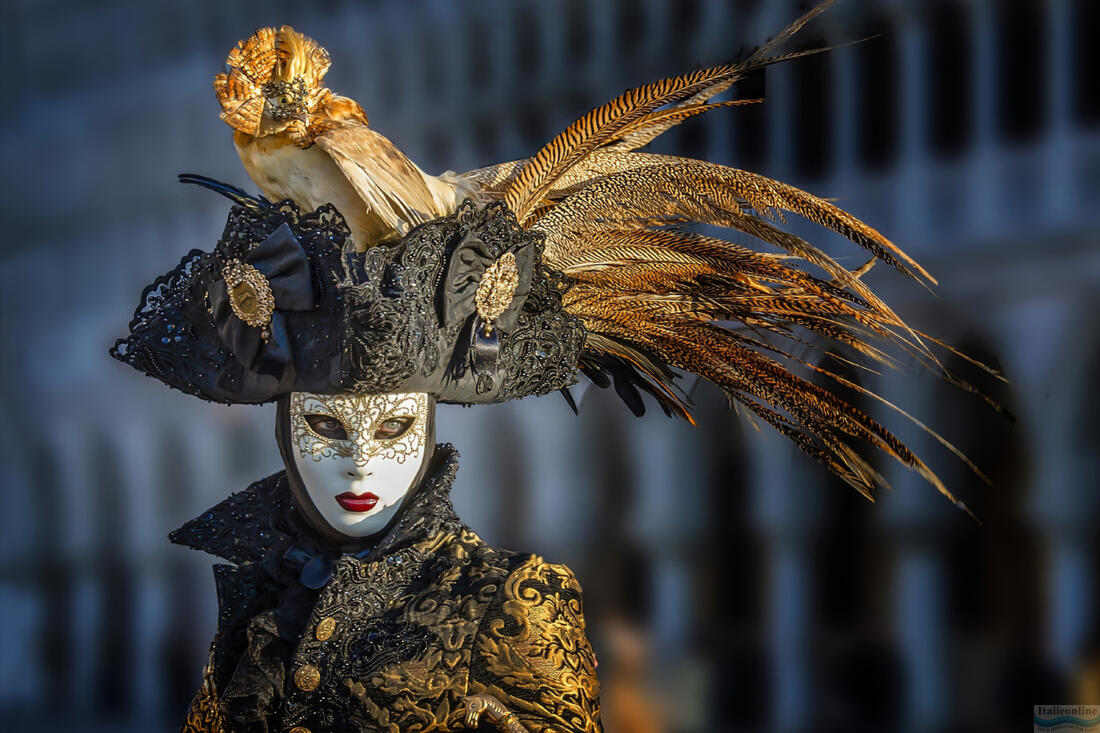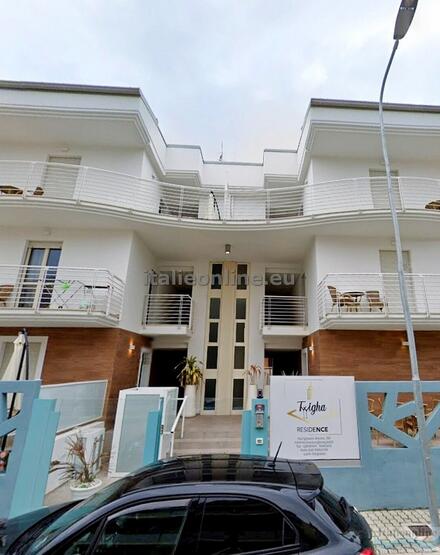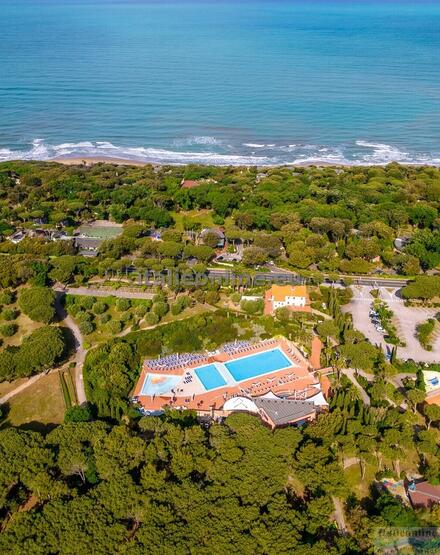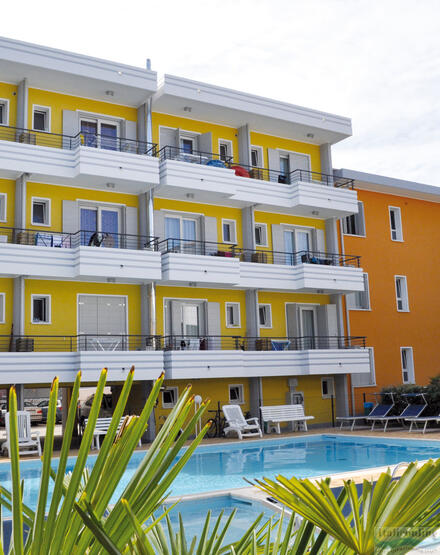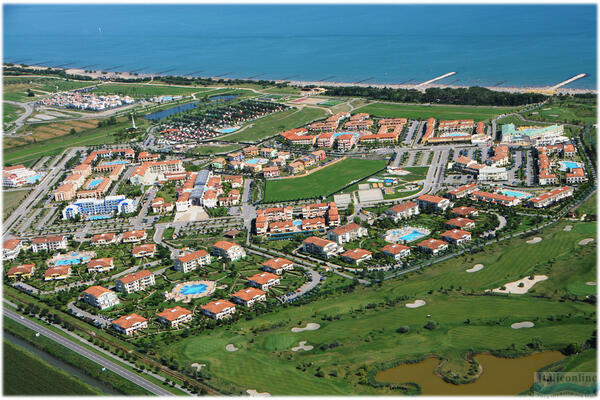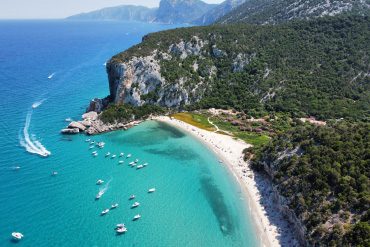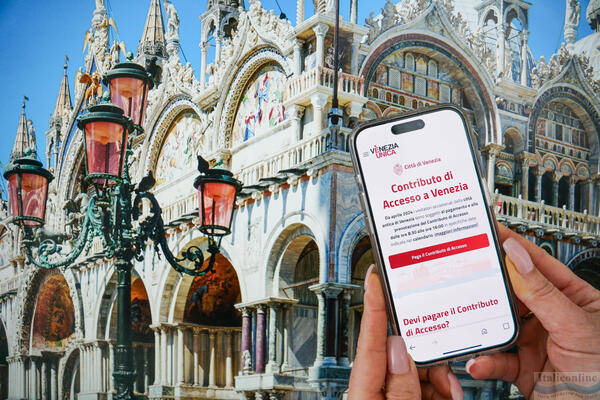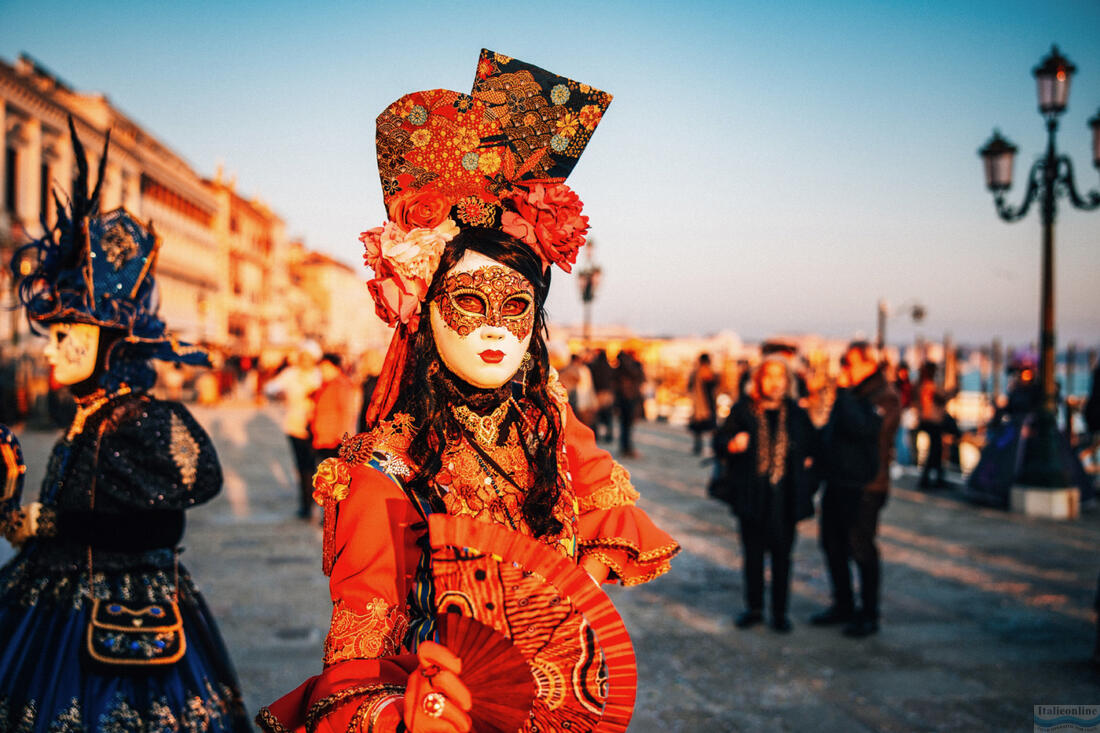
They compete in the production of traditional masks and invent various events associated with the carnival. The course of the carnival is never known in advance and its organization is attended not only by the city, but also by private entrepreneurs, local theater and dance associations.
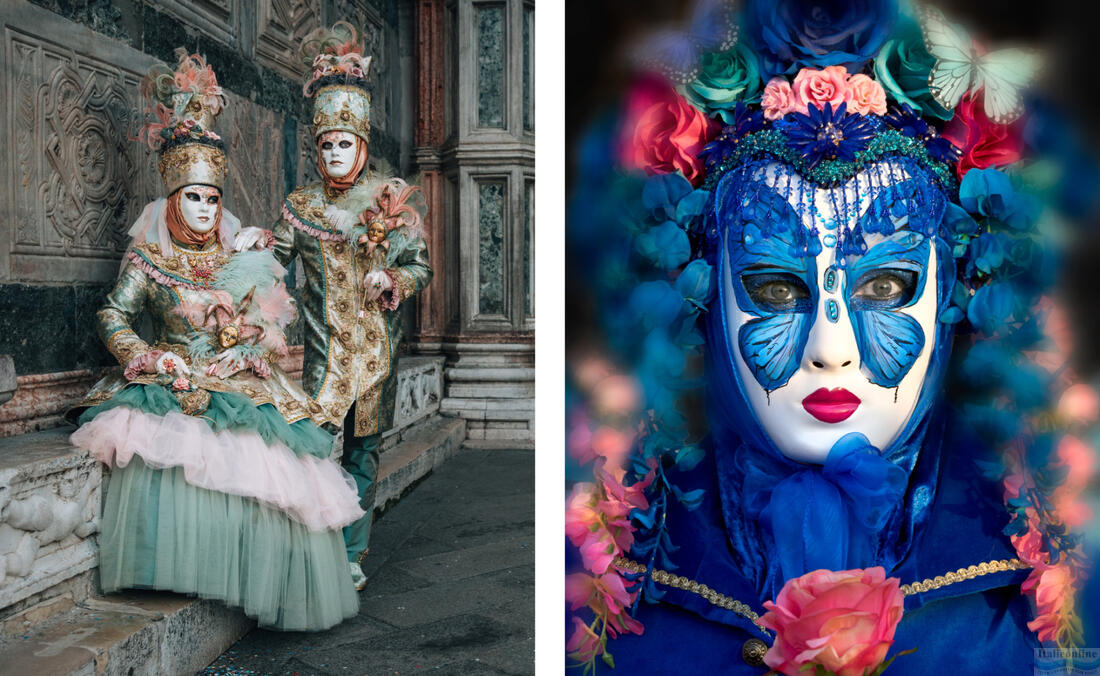
The carnival takes place in winter. The date of its holding is always different, because it always starts 10 days before Ash Wednesday and is thus the last merry before Easter Lent, just like our carnival. However, one of the most common interpretations of the origin of the word carnival is the Italian word carne (meat) and vale (away or gaining strength), ie parting with meat dishes and other feasts before a long period of fasting.
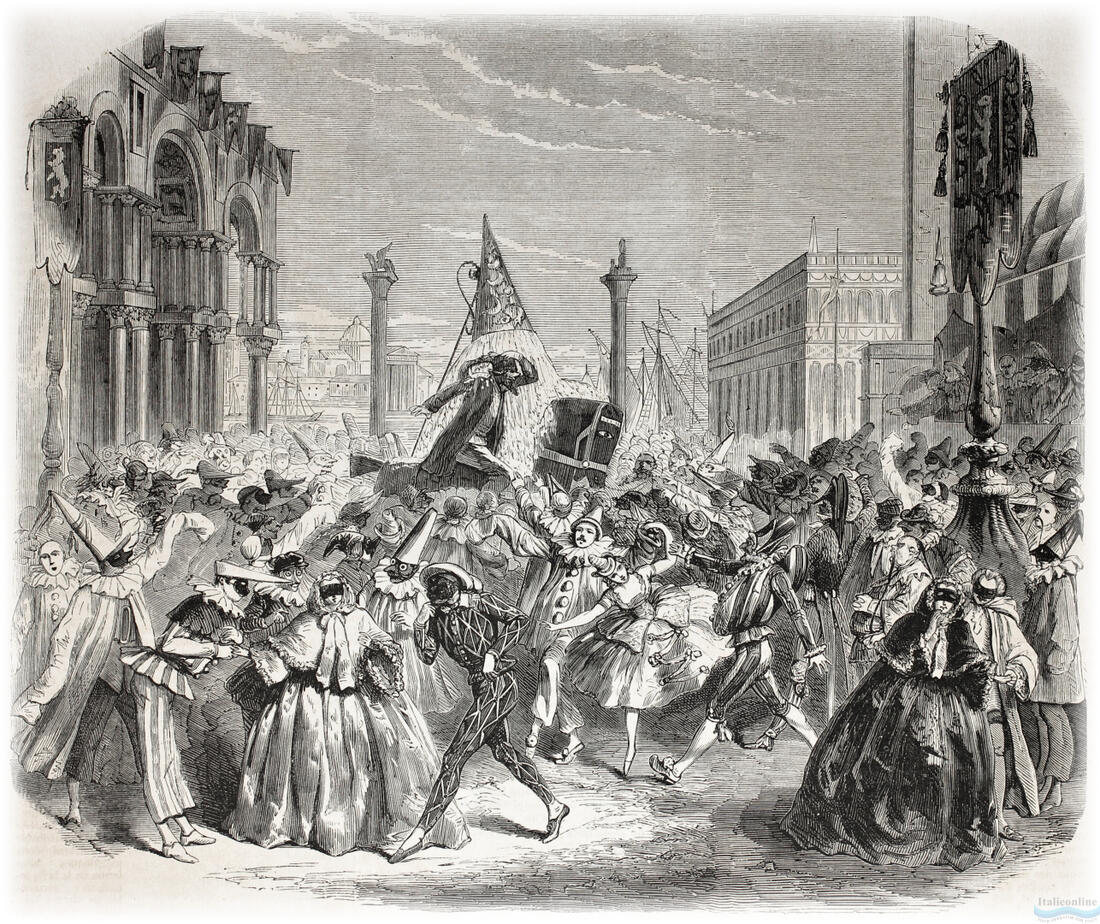
However, it is said that the origin of the carnival comes from pagan holidays, some see its origin in ancient saturnals. The first written mention of the Venice Carnival dates back to 1268, but it is almost certain that the Venetians enjoyed wearing masks as early as the 11th century. The swarms of masks were very playful, originally lasting several months. Morals declined during them, and so the city began to defend itself against wearing masks with various decrees. It was forbidden to wear a masquerade costume outside the carnival period, to enter churches and casinos. The wearing of masks was used to cover various plots and transgressions, as evidenced, for example, by a decree from 1603, in which men were forbidden to disguise themselves as women and visit nuns in women's monasteries. It has been repeatedly forbidden to wear sharp objects with the costume, which can cause injuries to others. For the violation of the ban, very severe punishments and fines were imposed - men 2 years in prison and a fine of 500 lire, women exposed to public ridicule in the square of St. Marc and a four-year deportation from Venice. The women also had to pay a fine of 500 lire.
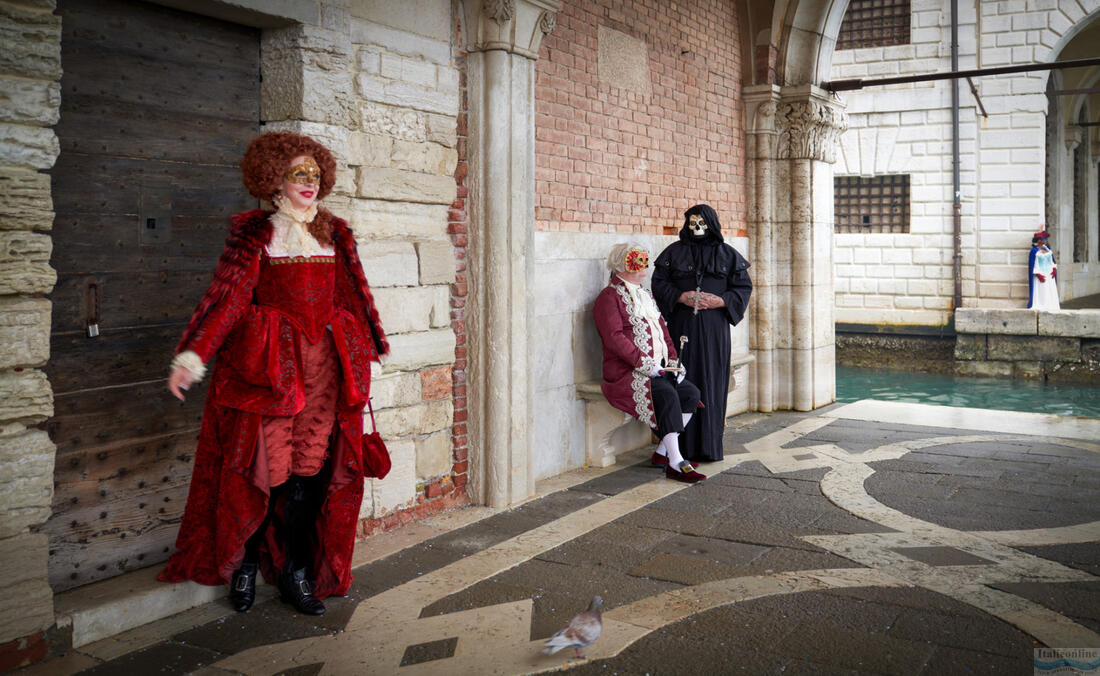
Even more severe restrictions were brought to the carnival by the domination of the Austrian monarchy after the fall of the Venetian Republic. The conquest of the city by Napoleon in 1797 marked the end of the carnival. He feared that rebellions might arise during the carnival, so he banned the carnival. It was not restored until 1979, and with it many original carnival traditions.
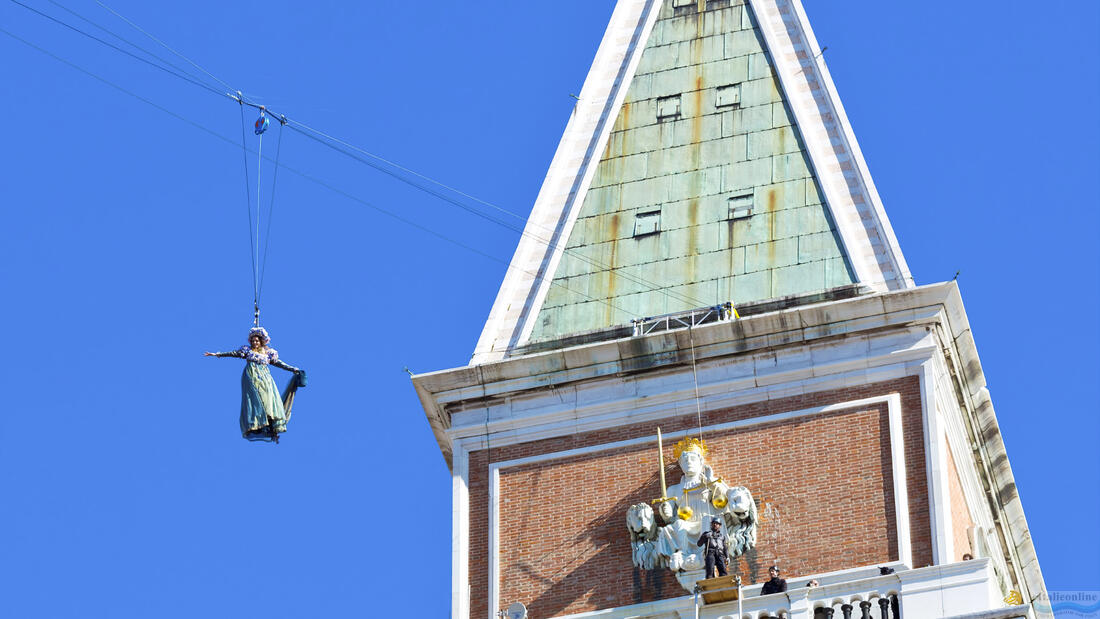
Every year, the carnival opens with the "flight of an angel", when a selected acrobat (now often a beautiful girl) floats on steel ropes above the square of St. Mark. This tradition was established as early as 1548, when one of the artists climbed to the roof of the bell tower and from there "flew" on a double rope to the tribune of the Doge's Palace. Today's form of the carnival also includes the traditional performances of Commedia dell´Arte, which take place both in theaters and directly in the city streets. At the end of the carnival, the most beautiful mask is always chosen, on the square of St. Mark is usually a big ball and fireworks. The carnival has a different theme every year. In recent years, this has included, for example, the colors and paths of Marco Polo.
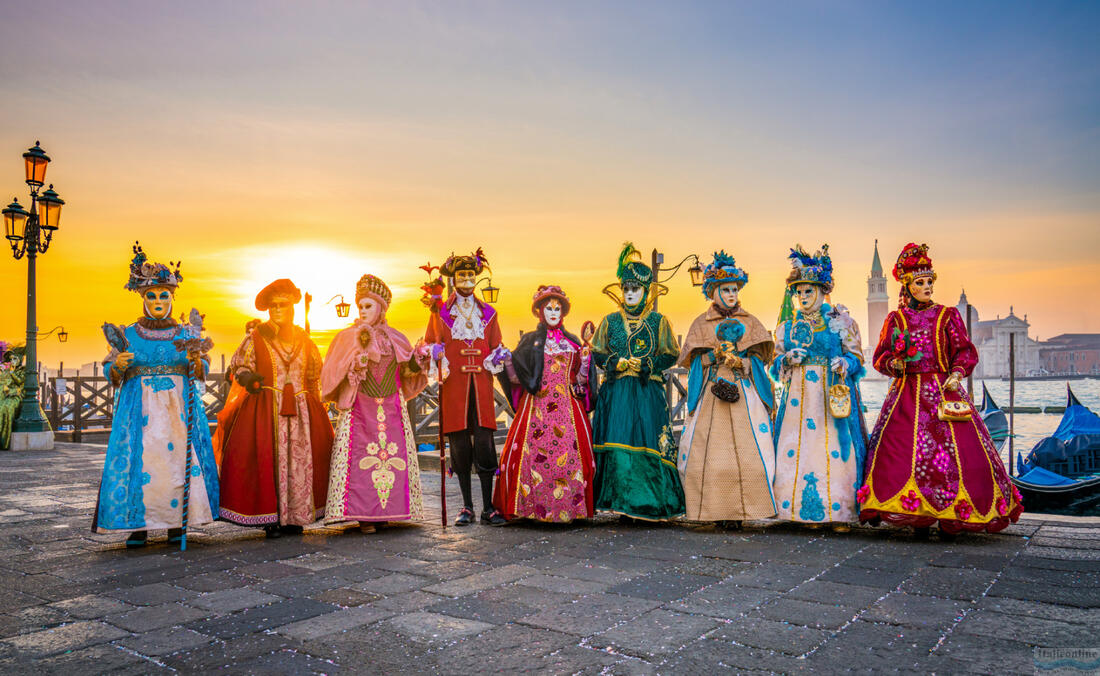
The traditional masks used at the carnival are based on the aforementioned Commedie dell´Arte, in which permanent figures with characteristic costumes appeared. Hence the famous Colombina - a mask covering only the upper half of the face decorated with gold or silver, Arlecchino - a mask originally made of wood or leather. Its color is black with a flat monkey nose. Represents a savage or a slave. Pantalone - a mask on the upper half of the face represents a sad old man with a long nose and slanted eyes. In addition to these characters at the carnival, we will certainly meet other traditional masks such as: Bautta - a square mask covering the entire face, without a hole for the mouth, usually complemented by a three-horned hat and cloak. Dottore - a bizarre white mask with a long beak and round holes for the eyes, often complemented by glasses. Volto - white mask traditionally complemented by a three - horned hat, probably represents the spirit. Masks are made in luxury workshops from expensive materials, but it is also possible to buy them in economic form for tourists. Mask manufacturers enjoy great respect, in the past they even had their own guild. Some Venetian families inherit costumes for generations and are justifiably proud of them.
The main part of the carnival takes place on the Grand Canal and on the square of St. Marc, a strange magical atmosphere, but runs through the city. It's not over wandering in winding alleys between a tangle of canals and bridges. Here, too, it is possible to come across extraordinarily beautiful and distinctive Venetian masks, or to engage in exuberant merriment.
